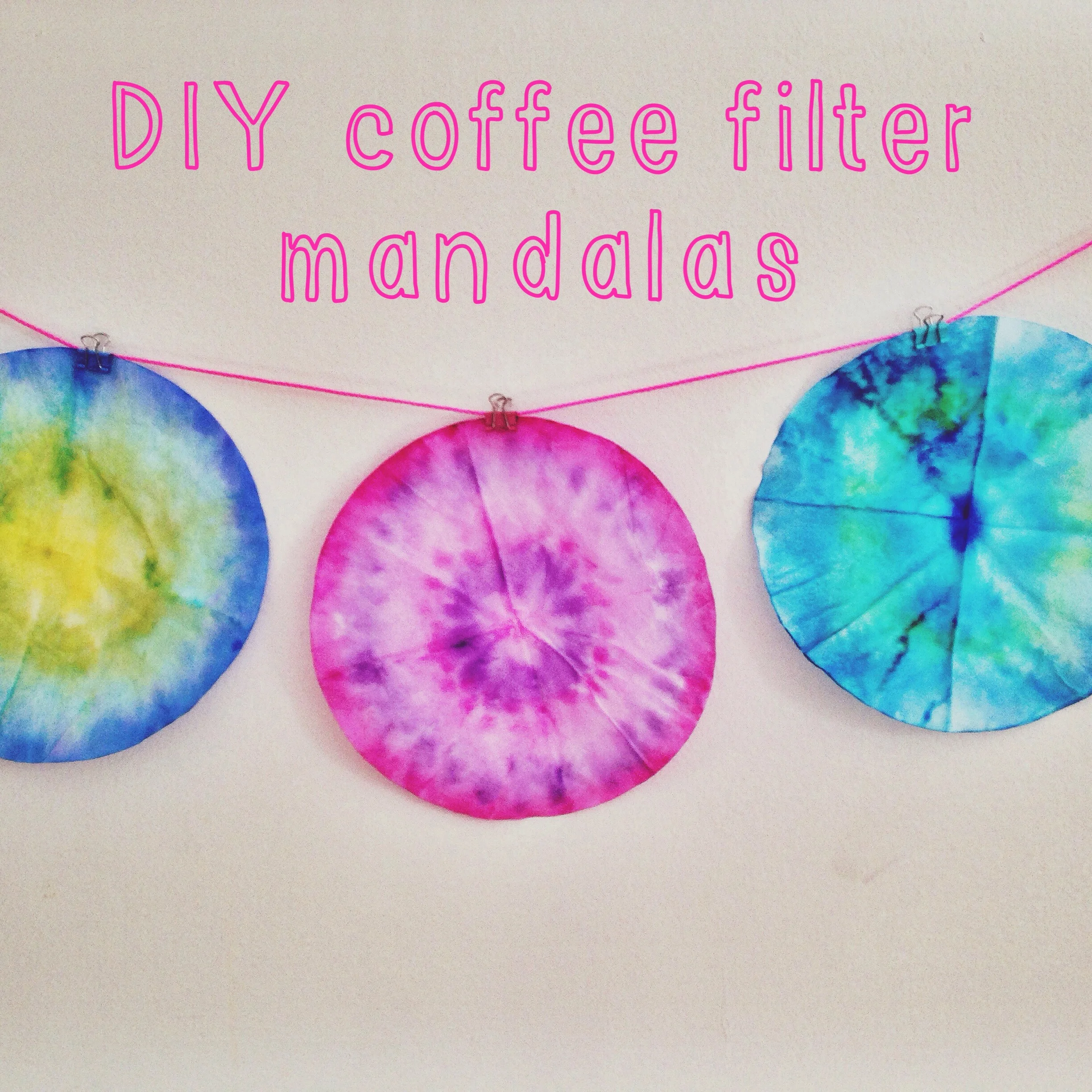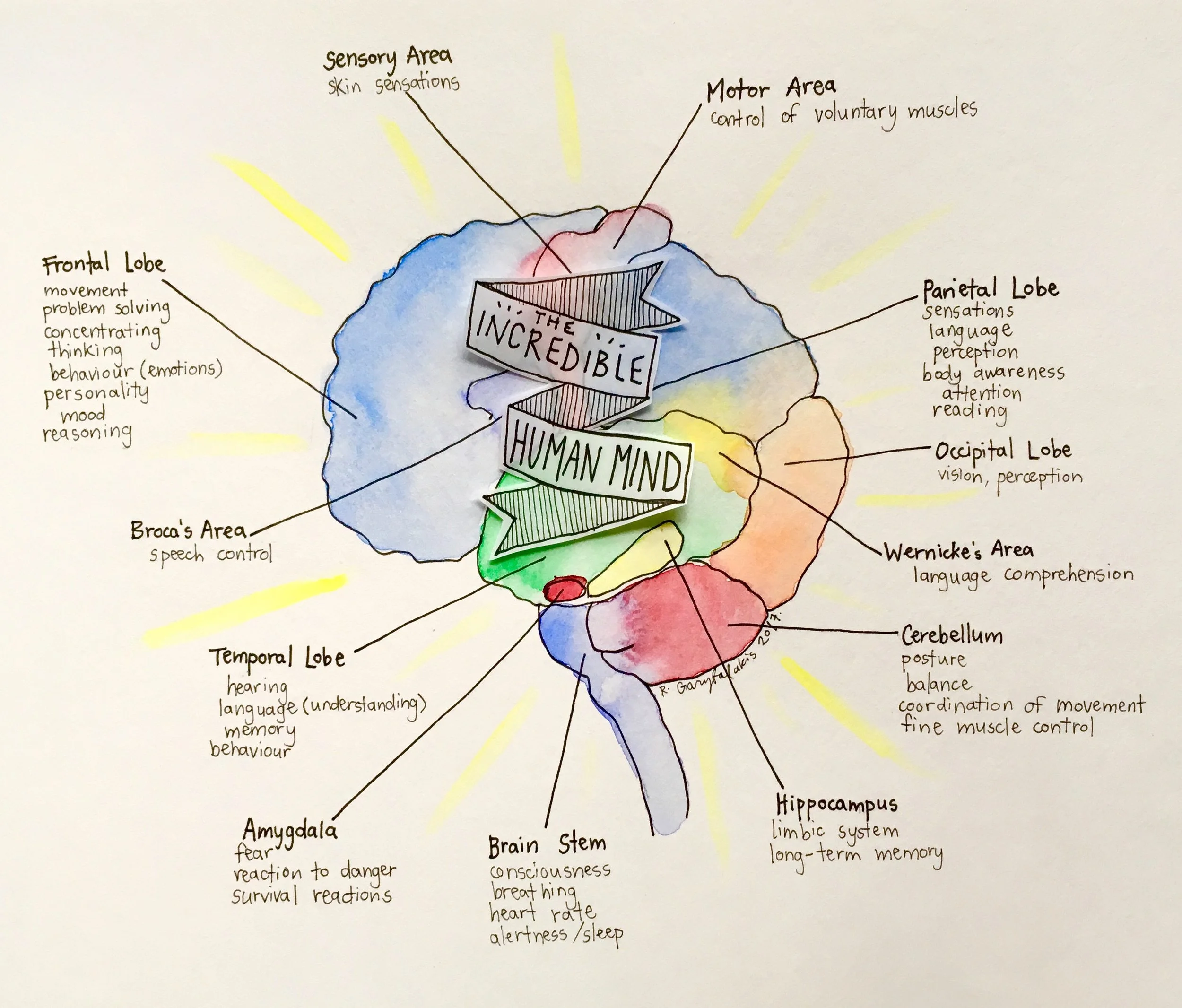What to do and what not to do when feelings get out of control: DO reinforce boundaries to ensure your child’s safety. DO validate your child’s feelings (eg. “I can see that you are very upset right now”). DO try your best to remain calm, and to respond rather than react. DO redirect your child to a safe space where they can take some time to calm down and focus on breathing. DON’T punish the feeling. Make sure that any punishment is targeted at unhelpful strategies for dealing with intense feelings, and not the feeling itself. In other words, help your child to understand that they are getting in trouble for drawing on the walls, but not for feeling angry. After your child has calmed down, DO brainstorm with them about some more helpful ways that they can express their intense emotion next time. DON’T lose hope. Tantrums are very challenging to deal with, but remember that by taking the time to help your child process their intense emotions, you are building strengths and resources that will equip your child for a lifetime of healthy emotional expression.
Strategy #2: Simple strategies for identifying and labeling feelings
Welcome to part two of Art as Therapy’s blog series on simple strategies for parents to help children express their emotions. Last month we talked about how children learn to identify, express, and manage their emotions through interactions with others, especially their parents. Sometimes part of the difficulty in expressing emotions is being unsure about what it is that we are feeling. Visual feelings tools can help us to identify our emotions, and to place them within the context of our experiences. Here are some more strategies to help you and your children to identify and label all different kinds of feelings in yourselves and in others:
Super Kids! Workshop
Super Kids!
Exploring inner power through art.
Children’s Mental Health Week: May 4 – 10, 2015
Happy Children’s Mental Health Week from Art as Therapy!
Did you know that every year since 1951, the national office of the Canadian Mental Health Association has commemorated the first full week of May as Mental Health Week? The goal of this annual event is to share information about mental health, to provide support, and to celebrate mentally healthy lifestyles.
Self Care: Luxury or Necessity?
“Self care is not about self-indulgence. It’s about self-preservation.” – Audrey Lorde
According to the World Health Organization, “Self care is what people do for themselves to establish and maintain health, and to prevent and deal with illness” (Geneva, 1998). Self care is a broad concept that includes any intentional actions people take to care for their physical, mental, emotional, and spiritual health. It can encompass personal hygiene, nutrition, leisure and lifestyle activities, exercise, sleep, medical care, counseling, therapy, time with friends and family, meditation, or spiritual activities.
Time For Some Colour, Please!
March is typically the time of year when we Canadians start woefully resenting winter and wishing desperately for spring. For many, the monotonous landscape of white and gray begins to take its toll on both mood and energy. We dread hearing snow in the forecast and grumble about shovelling the driveway again. But in reality, spring is still some time away. That’s why at Art as Therapy we are thinking about infusing the monotony of winter with some COLOUR!
Depression and the Mind-Body Connection
At Art as Therapy we believe in a holistic approach to wellbeing. Our physical health affects our mental health, and vice versa. Factors such as healthy diet, exercise, sleep and play all influence our ability to feel and do our best in the world. In order to thrive, we need to take care of our minds and our bodies.
What is Art Therapy?
Art therapy is a form of psychotherapy which reconciles emotional conflicts and promotes personal growth. The essence of art therapy lies in the therapeutic outcome of the activity of creating something. ‘The process of art therapy is based on the recognition that man’s most fundamental thoughts and feelings, derived from the unconscious, reach expression in images rather than words’ (Naumberg 1958).
Benefits of Art Therapy
- Art Therapy provides individuals with control over their communication, they can draw and share verbally what they wish; non-verbal communication is more comfortable than attempting to put ambivalent feelings into words.
- Art Therapy can provide the client the feeling that they are speaking in their own voice in their art.
- The clients Art is respected.
- Art Therapy focuses on establishing trust and comfort with individuals, building a safe environment for them to express themselves in.
- Art Therapy helps individuals develop better interpersonal and communication skills.
- Art Therapy encourages them to feel respect for themselves as well as others.
- Art Therapy allows individuals to problem solve through the advantage of externalizing their problems and taking a fresh view of them from a distance. They can experiment with change on the art product before they risk making a change in reality.
- Use the art as a safe outlet for feelings such as fear, guilt, pain, rage, anger
- Encourage them to think about their future and make informed decisions















